Are you a parent, coach or trainer who works with youth athletes? If so, I know you want to improve their speed and quickness. The athlete who can get to the ball the fastest is the one who helps the team win.
Youth athletes are unique in their stage of growth and development, and their training should reflect that.
This isn’t to say that the training for a youth athlete is completely different than the training for an older, more mature and experienced athlete, but there are some key areas that are separated.
Here is a simple 6-part program for training youth athletes:
1. Warm Up
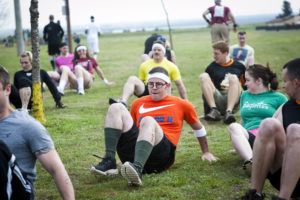 Warming up properly for any practice, competition or workout is essential. It’s best to start them young and introduce kids to proper warmups prior to training or athletics. For years and years we’ve seen coaches send kids for a run as a warmup. This is a huge mistake. Jogging has essentially no place in the training programs of most athletes… especially young athletes.
Warming up properly for any practice, competition or workout is essential. It’s best to start them young and introduce kids to proper warmups prior to training or athletics. For years and years we’ve seen coaches send kids for a run as a warmup. This is a huge mistake. Jogging has essentially no place in the training programs of most athletes… especially young athletes.
A proper warmup for a youth athlete should be brief and slightly elevate the heart rate and prepare the body for stretching. Using animal movement patterns such as Bear Walks and Crab Walks are a great way to warmup.
2. Pre-Training/Game/Practice Stretch
One common mistake that many coaches, parents and trainers make is to have young athletes perform static stretching prior to games, practice or working out. Static stretching is the kind of stretching where you “hold” a stretch for a period of time ie. 30 seconds. Static stretching definitely has its place in any athletes’ program but before a game/practice/workout is not the time.
Instead, focus on dynamic stretching. Dynamic Stretching involves movement and range of motion in the joint while stretching. As opposed to Static Stretching which actually relaxes a muscle, Dynamic Stretching wakes up the muscles and excites it. This is ideal for your pre-game/practice/workout time.
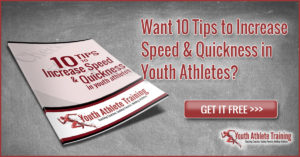 3. Speed Training
3. Speed Training
Speed training for youth athletes is more than having them run as fast as possible. This is a time in their training to help them develop balance, power, flexibility, change of direction, and reactive ability.
Speed training for youth athletes should include drills that naturally teach them to improve their abilities to move as they need to during sports.
While linear speed is good, youth athletes need to learn how to decelerate as well. Remember, you can’t speed up what you can’t slow down. The ability to change direction in most sports is vitally important too. The drills in your speed program should address these areas.
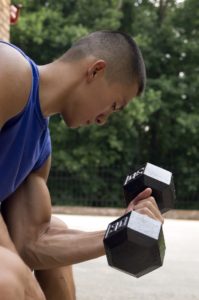 4. Resistance Training
4. Resistance Training
Should youth athletes lift weights? The answer is yes and no. Traditional weight lifting with barbells does have it’s place in youth athlete
programming but only when they are experienced enough and have developed their relative strength that this is appropriate. Even when a youth athlete reaches a point where heavier resistance training is appropriate and recommended, it should be done sparingly and in the right combination of exercises to help increase performance… not reduce performance.
We have found that a Functional Strength Training approach to training, with an emphasis on bodyweight training, is effective for developing speed, strength and athleticism in athletes of any age.
Functional Strength Training usually involves exercises that work more than one body part at a time and heavily involve the core muscles. It helps develop more relative strength – which means that it allows an athlete to get stronger without packing on too much body weight. The goal is to be stronger while keeping your bodyweight down.
5. Games
Kids learn while playing… it’s that simple. Kids also love to work hard for you when they know there is something good waiting for them. For those reasons, I always include a game after a practice or workout.
So what are the best types of games to have your youth athletes play?
Games that help reinforce skills needed in game play work well. But so do games that have nothing to do with their sport.
Games that help to strengthen the body while playing are also great. Having them play tag while hopping on one foot is an example. They increase leg strength, power, balance and cardio at the same time.
Games that develop their ability to react are also effective. These types of games involve waiting for auditory cues (on the signal “go” or a whistle) and visual cues (hand signal).
Another important factor when creating games is keeping them moving. Games that have elimination rules don’t work as well, in my opinion. If they are playing a game where they would normally be “out”, have them perform an exercise (ex. 5 pushups) before returning to play.
6. Cool-Down
Good habits are hard to break. Teaching and coaching youth athletes to value a cool-down after getting their heart rate up and working their muscles is valuable. While kids are resilient and could probably walk away after a workout or practice, we are teaching them for life. The older we get the more a cool-down after training is important. For kids who seem to have endless amounts of energy, it may seem counter-intuitive.
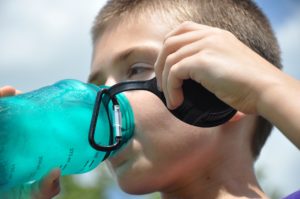 The cool-down should serve 3 purposes:
The cool-down should serve 3 purposes:
- allow heart rate to slow down
- stretch the muscles that have just worked
- prepare the body for the next practice/workout
The cool-down doesn’t have to take more than a couple of minutes but it is so important for the above reasons.
As a parent, coach or trainer you have an important role in your youth athlete’s lives. What you say is what they will do. What you have them do may be their path for a lifetime. So use this opportunity to teach and coach them properly when it comes to sports performance. Remember, we are in this for the long haul. We are trying to develop athleticism that will carry-over towards a full life of health and fitness.
If you’d like to see some of the best speed training drills for youth click here.

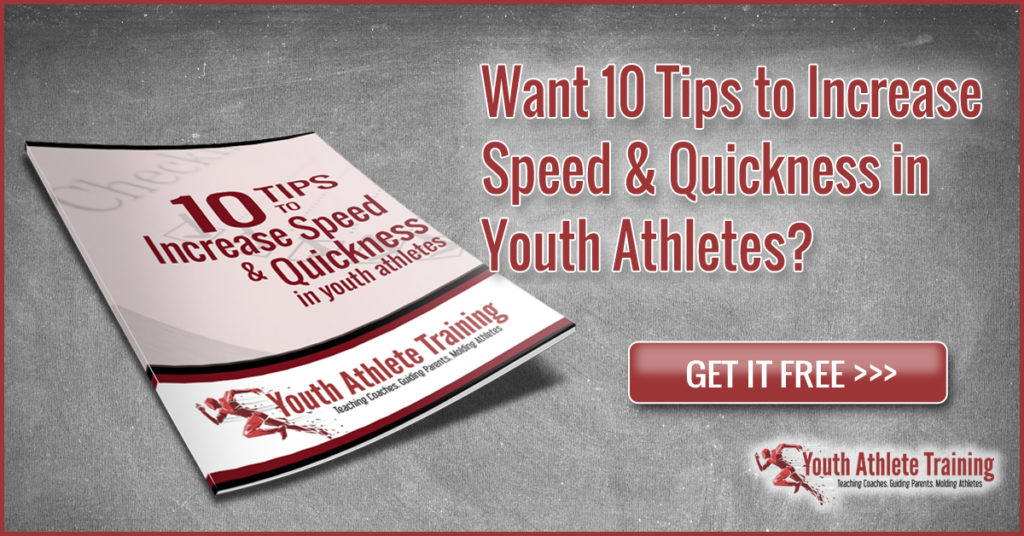
27 thoughts on “Complete Blueprint For Speed Development & Athlete Engagement”
Comments are closed.